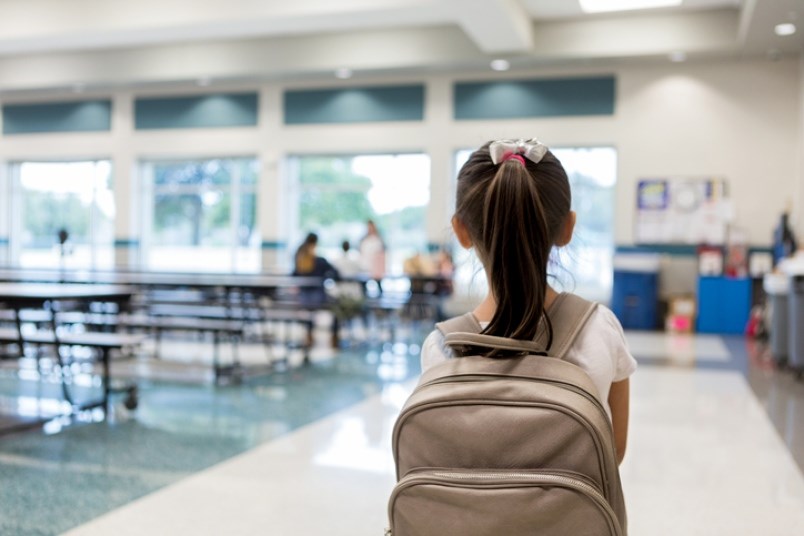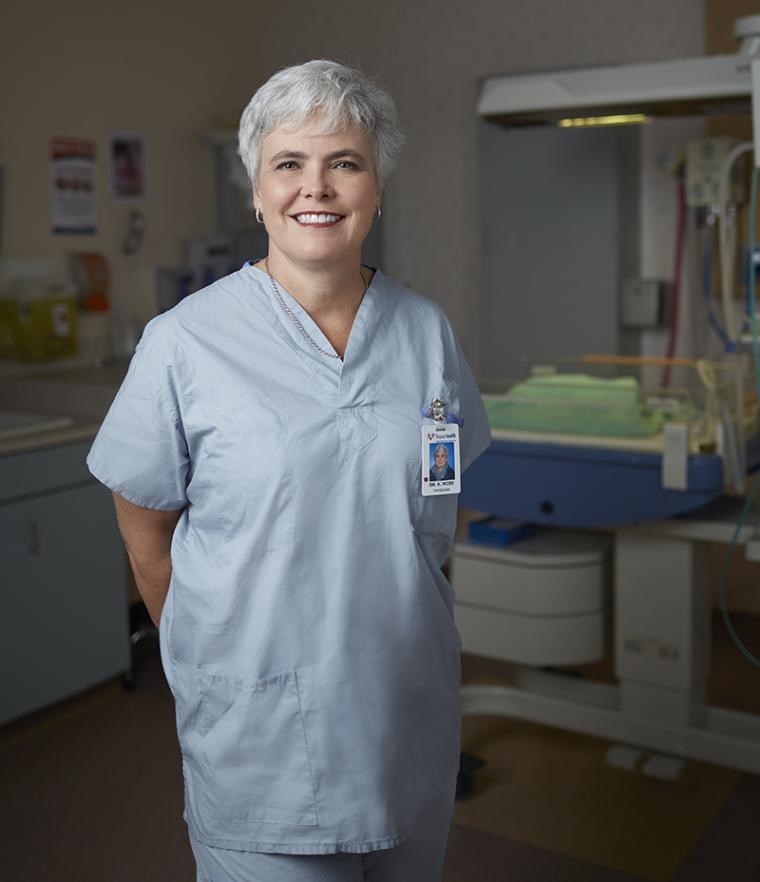B.C.’s low incidence of COVID-19 among children and youth should make it easier to open schools in the fall, says the president of Doctors of B.C.
But that doesn’t mean a complacent approach to reopening in September.
In fact, parents will need to be extra vigilant about hand hygiene and ensuring their kids have masks to wear in tight spaces, said Dr. Kathleen Ross, a Coquitlam physician.
The veteran physician is keeping close watch on COVID-19 cases in B.C. and around the world and supports Dr. Bonnie Henry’s recommendations for re-opening schools and mask wearing when physical distancing isn’t possible.
While Dr. Henry hasn’t mandated masks in schools, and in fact stated they were the last line of defence in her most recent press conference, the province will make them available for staff and students, including School District 43.
“The recommendation for physically distancing and masks where that can’t be attained is part of the back to school plan. I think that’s been reinforced in jurisdictions around the world with the caveat children under two can’t be wearing masks or shouldn’t be wearing masks,” Dr. Ross said.

According to Dr. Ross, two key strategies will be important when school returns: maintaining physical distancing and reacting to incidents when they occur.
“Do I have confidence in all measures are being taken at the moment?” she said. “I believe this is reasonable advice.”
While some schools in the U.S. are re-opening with crowded hallways, schools in B.C. will re-open with protocols in place and the low incidence of COVID-19 in B.C. reduces the risk even though bubbles will be expanding, Dr. Ross noted.
Cohorts of 60 staff and students for elementary schools and 120 for secondary are seen as a way to re-open schools by minimizing interactions while giving students a close-to-normal learning environment.
Still, a recent Tweet showed the potential risks.
A graphic from the Texas Medical Association showed schools are a moderate risk for COVID-19. But when asked to explain the chart in her Tweet, Ross pointed out that COVID-19 numbers are much higher in Texas than in B.C. and that the chart is more of a cautionary tale.
“Play Safe BC,” she noted in her Tweet.
I love this graphic assigning risk to our activities. Rates going to a bar above hugging a friend. Play safe BC. @DoctorsOfBC @drcadesky @dr_oona @CMA_Docs @DrRFernandez @WebbCharleswebb @drmattchow @DrVictoriaLeeFH pic.twitter.com/nGHDsFyyAq
— Dr. Kathleen Ross (@DrKathleenRoss1) August 9, 2020
According to numbers posted by the BC Centre of Disease Control on Aug. 10, there were 84 cases of COVID-19 among children 10 and under and 172 for youth 10 to 19; that’s 2.7% of total cases for the younger kids and about 4.2% for older youth and teens.
When combined, children and youth to age 19 account for roughly 6% of the total of B.C. cases, a relatively low number out of a total 4,065 cases.
In B.C., less than 1% of children tested have been COVID-19 positive, and even fewer are suspected to have been infected based on serological testing, according to BCCDC in its guidelines for re-opening schools.
“Most children are not at high risk for COVID-19 infection. Children under 10 comprise a smaller proportion of the total confirmed child cases compared to children between the ages of 10 and 19,” the document states.
However, Ross points to B.C.’s low incidence of COVID-19 generally as positive news for school-reopening. Although numbers are rising, comparatively to the rest of Canada and the U.S., “our level is quite low right now.”
That should give comfort to parents sending their children to school in the fall. But Dr. Ross said physical distancing measures, disinfection of hard surfaces and hand hygiene, will be key in keeping kids safe.
She said people also need to weigh the potential of risks for COVID-19 against the harms caused by keeping schools closed, such as the impact on kids’ social development, the impact of isolation on vulnerable children and families, risks to their education, rise in stress and mental health concerns and loneliness.
As to who is driving COVID cases now, Dr. Ross points to young adults aged 20 to 29, and she says they need to take more care to avoid crowds and close contact in their activities, a recommendation that is also coming from Dr. Bonnie Henry and Premier Adrian Dix in Monday’s press conference.

“The rising area of incidents is in the people aged 20 to 29. It is an area where we have seen our outbreaks tick up because they are not following public health recommendations. We need to reinforce the social distancing measures — washing hands and wearing masks when physical distancing can’t be maintained.”
“Don’t be the weakest link,” Dr. Ross added, quoting American health official Dr. Anthony Fauci. She cautions young adults to think of others when they plan their summer activities because they could bring coronavirus home to their loved ones.
Overall, Dr. Ross thinks B.C. is in good shape to head back to school in September but she reminds people not to let their guard down or ignore their health conditions.
Hospitals are seeing more heart attacks, strokes and pneumonia and Ross advised people to not neglect their health.
“Don’t set your health aside during this pandemic,” she said, “We want to ensure that we don’t let our health care fall through the cracks.”



